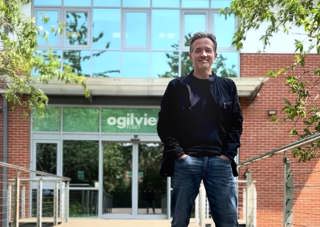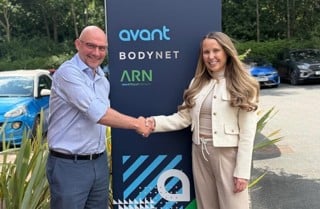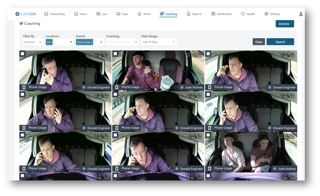
Fleet FAQ
Q:
How to deal with an accident
A:
No one expects to be involved in a car accident. But it can happen in the blink of an eye – whether its your fault or someone else's.
If you do find yourself in this position, think about the following:
Immediately after the accident:
- Stop the car as soon as possible – it's an offence not to do so.
- Turn off the engine.
- Switch the hazard lights on.
- Check for any injuries to yourself or your passengers.
- If it's a minor collision and there are no injuries, make a note of it just in case the other people later try to claim for an injury.
- Call the police and an ambulance immediately if anyone is hurt or if the road is blocked.
- Try to remain as calm as possible – its normal to be shaken after an accident, take a few deep breaths and try to take stock of the situation the best you can. And don't lose your temper.
- Don't apologise or admit responsibility for the accident until you're completely aware of what happened – this can protect you from liability if it wasn't your fault.
When should I call the police?
- If the other driver or drivers leave the scene without giving details.
- If you think the other driver has no insurance or is under the influence of drink or drugs.
- If you suspect that the other driver caused the collision deliberately.
Tell the police about the accident within 24 hours – if you don't you may be given a fine, points on your licence, or a disqualification from driving.
Exchange motoring details
- Share your name and address with everyone involved if the accident caused damage or injury – the law says you must do this.
- Swap insurance information and details with the other driver(s).
- Take down details of any other passengers and witnesses to the accident.
- Try to find out if the other driver is the registered owner of the vehicle, if they are not, find out who the owner is and get that information too (for instance it might be a company car).
- If a foreign lorry is involved, get the numbers on both the lorry and its trailer, sometimes they are different. Its also a good idea to get the name of the company if its painted on the lorry.
What should I record at the accident scene?
- The make, model, colour, and number plate of the vehicles involved in the accident or take pictures of them.
- The time and date of the crash.
- The driving conditions, including the weather, lighting, and road quality (such as road markings, whether its wet or muddy, repair of the road surface).
- What sort of damage was caused to the vehicles and where – nearside front wing and door (nearside is the left side of your car, offside is the drivers side).
- Any injuries to drivers, passengers, or pedestrians.
- The names and contact details of any witnesses.
- Use your phone to take pictures of the scene, the positions of the cars involved, and damage to the cars.
Source: The AA














